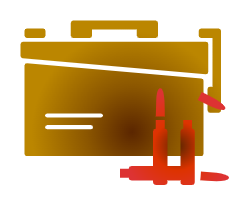Introduction
Choosing the right propellant is crucial for anyone involved in shooting sports, historical reenactments, or pyrotechnics. Understanding the differences between smokeless powder and black powder can make a significant impact on your performance and safety. Let’s dive into what sets these two types of powder apart.
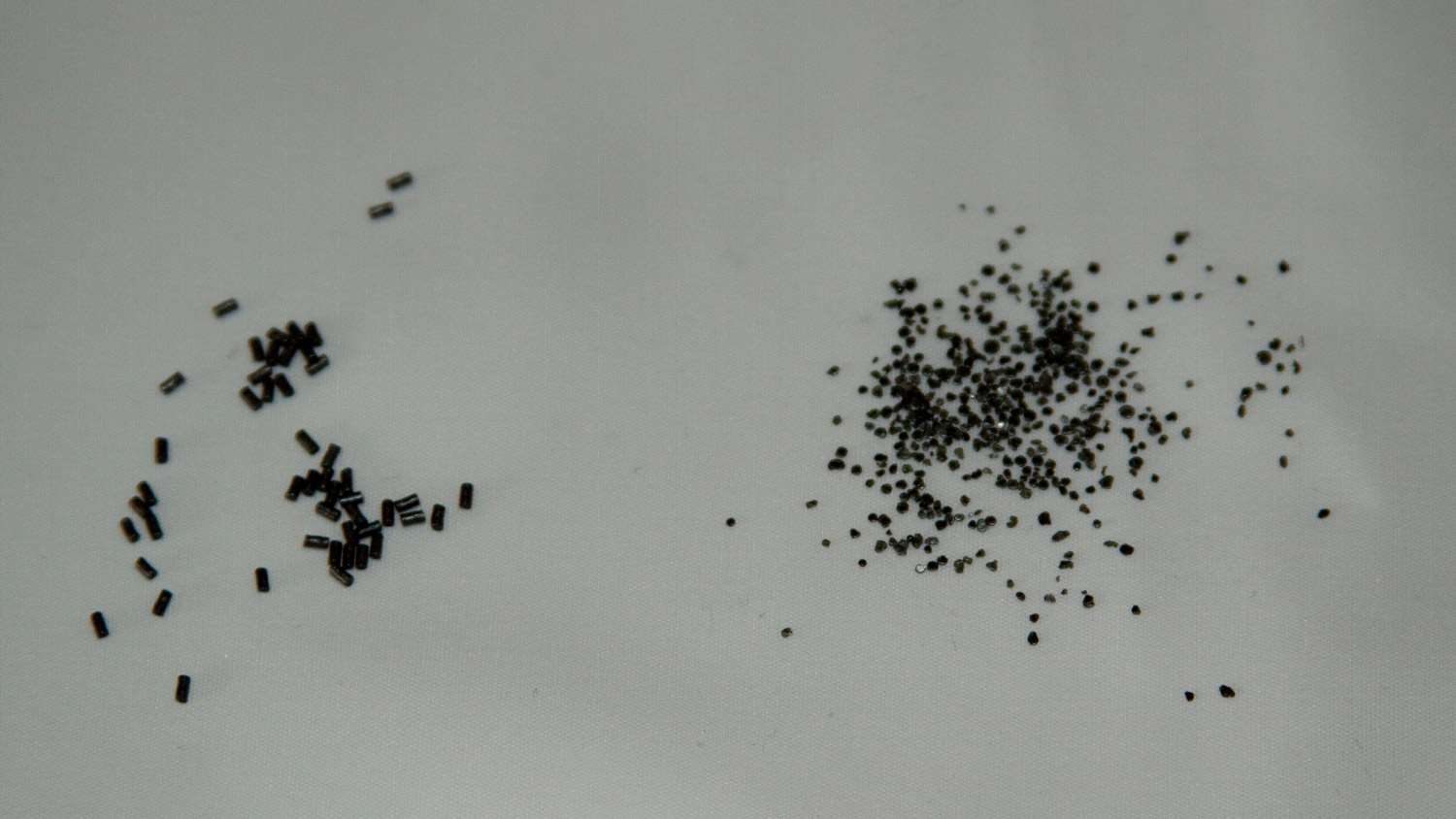
Image description: A comparison between black powder (left) and smokeless powder (right). Notice the granule size and color differences.
What is Black Powder?
Black powder, also known as gunpowder, is one of the oldest known chemical explosives. It consists of a mixture of saltpeter (potassium nitrate), charcoal, and sulfur. Historically, black powder played a pivotal role in the development of firearms and artillery, revolutionizing warfare and hunting.
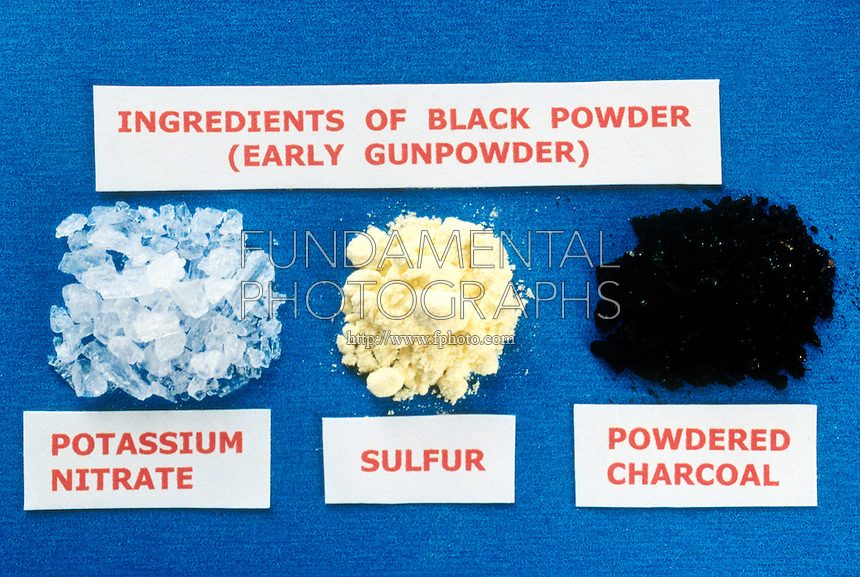
Image description: A close-up view of black powder. The dark granules are a mixture of potassium nitrate, charcoal, and sulfur.
Black powder’s uses extend beyond firearms; it’s also a key component in fireworks, providing the explosive force that creates spectacular displays.
What is Smokeless Powder?
Smokeless powder is a modern propellant composed of nitrocellulose, often combined with nitroglycerin. Unlike black powder, smokeless powder produces minimal smoke when ignited, hence its name. It was developed in the late 19th century to improve the performance and safety of firearms.
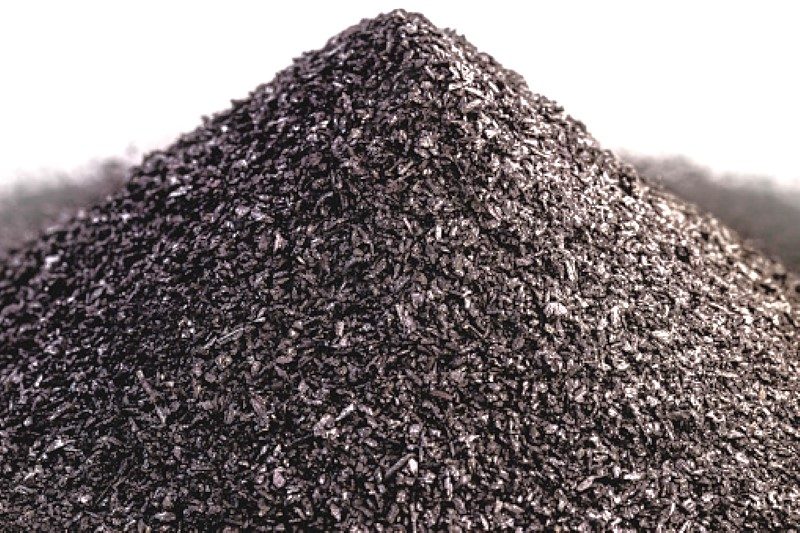
Image description: Smokeless powder granules, showing their typically lighter color and more uniform shape compared to black powder.
Smokeless powder’s primary use is in modern firearms, where its higher energy output and cleaner burning characteristics make it the preferred choice.
Historical Context
Black powder was invented in China during the Tang Dynasty (9th century) and made its way to Europe by the 13th century. It dominated the world of firearms and artillery for centuries. However, the quest for a cleaner, more efficient propellant led to the development of smokeless powder in the late 1800s. This transition marked a significant shift in both military and civilian firearms technology, offering improved power and reduced residue.
Chemical Composition
Black Powder:
- Potassium Nitrate (Saltpeter): 75%
- Charcoal: 15%
- Sulfur: 10%
Smokeless Powder:
- Nitrocellulose: Primary component
- Nitroglycerin: Secondary component (in some formulations)
- Additives: Stabilizers and burn rate modifiers
Performance Comparison
When comparing burn rates, energy output, and residue, smokeless powder outperforms black powder in nearly every aspect. Black powder burns at a slower rate and produces a significant amount of smoke and residue, which can foul barrels and mechanisms. In contrast, smokeless powder burns faster and cleaner, resulting in higher muzzle velocities and less frequent cleaning.
Safety Considerations
Handling and storing black powder requires careful attention due to its sensitivity to sparks and impact. It must be stored in a cool, dry place in sealed containers to prevent moisture absorption.
Smokeless powder, while generally safer, also demands respect. It should be stored in a cool, dry environment away from open flames and excessive heat. Both types of powder require adherence to safety guidelines to prevent accidents.
Environmental Impact
Black powder, when ignited, releases significant amounts of smoke and particulate matter into the air. This residue can accumulate on surfaces and in the environment, contributing to pollution. Additionally, the mining and processing of its components can have environmental impacts.
Smokeless powder, on the other hand, burns much cleaner, producing fewer pollutants. This makes it a more environmentally friendly option for modern shooters and hunters. However, the manufacturing process of smokeless powder still involves chemicals and processes that need careful management to minimize environmental harm.
Usage in Firearms
Black Powder Firearms:
- Muzzleloaders: Traditional black powder firearms like muskets and rifles, loaded from the muzzle end.
- Cannons: Historical artillery pieces using black powder for propulsion.
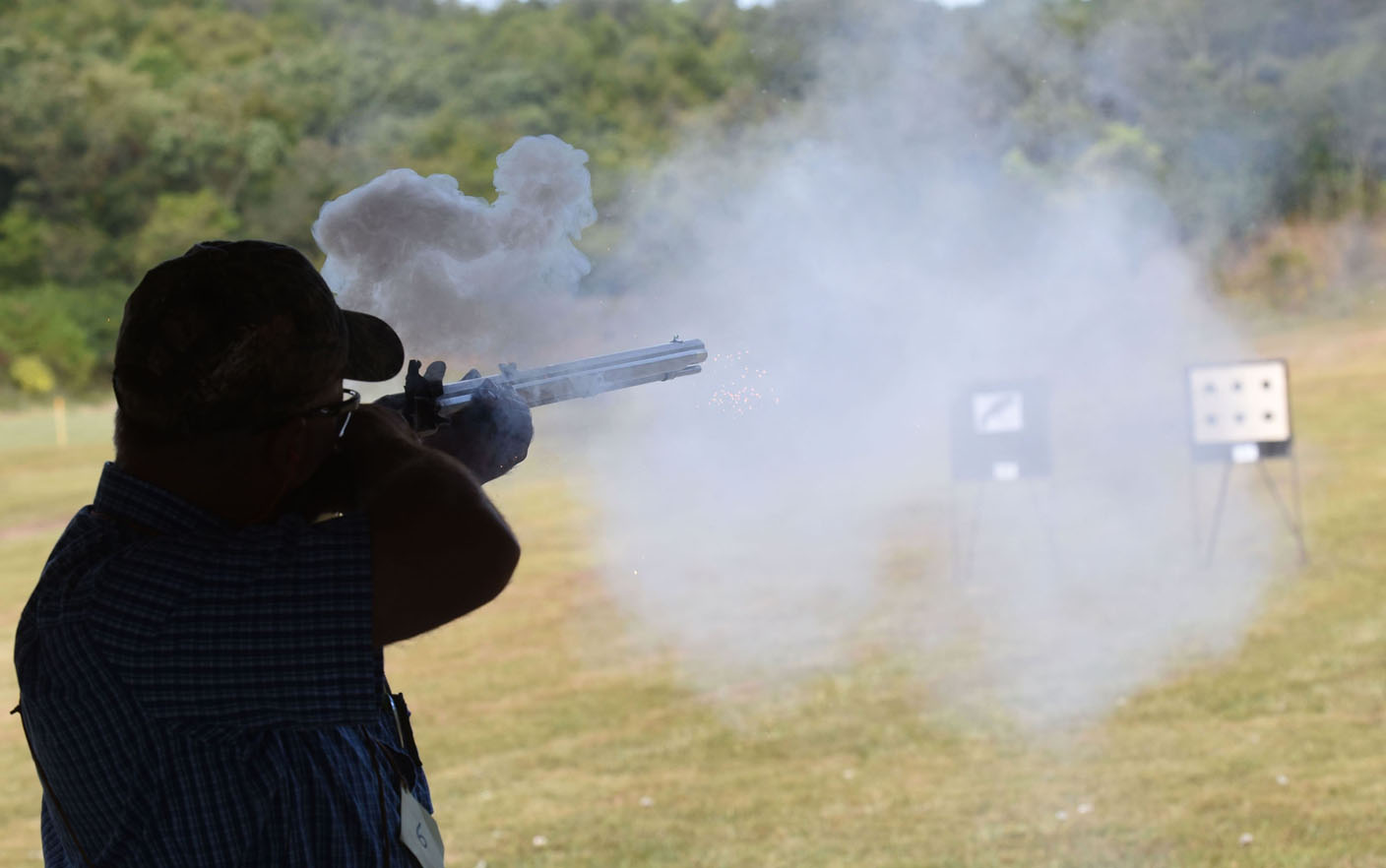
Image description: A muzzleloading rifle being fired, showing the significant smoke produced by black powder.
Smokeless Powder Firearms:
- Modern Rifles: High-velocity cartridges that benefit from smokeless powder’s efficiency.
- Handguns: Cleaner burning powder results in easier maintenance and better performance.
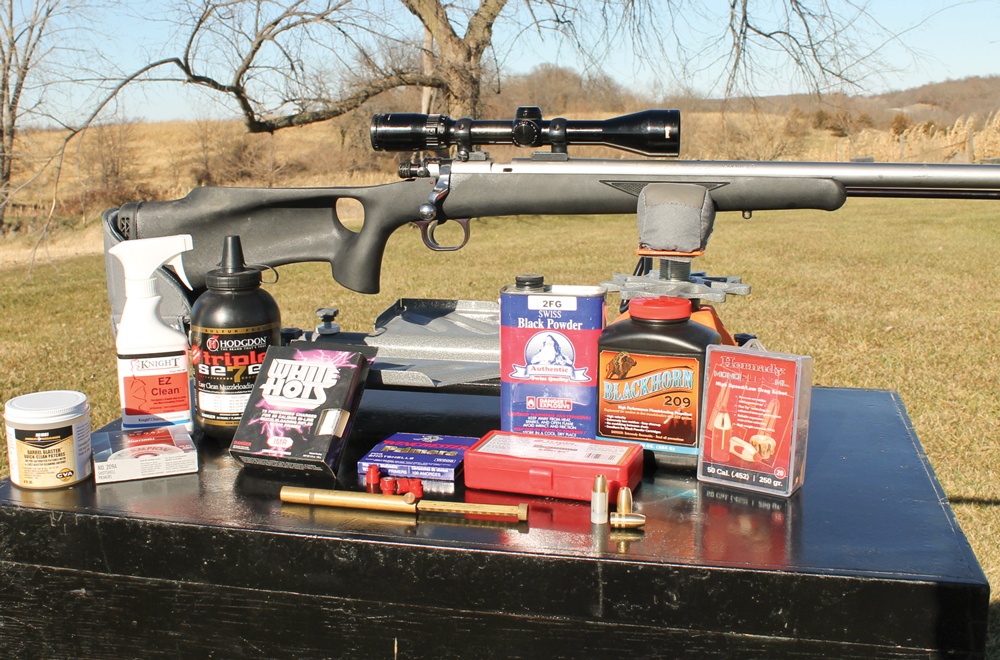
Image description: A modern rifle, designed to use smokeless powder cartridges for enhanced performance.
Reloading Ammunition
Reloading ammunition involves manually assembling cartridge components, and the process differs slightly between black and smokeless powders.
Black Powder Reloading:
- Measure the powder charge.
- Seat the bullet over the powder.
- Use wads and grease to prevent fouling.
Smokeless Powder Reloading:
- Precise measurement of powder charge.
- Seat the bullet to the correct depth.
- Use primers suitable for smokeless powder.
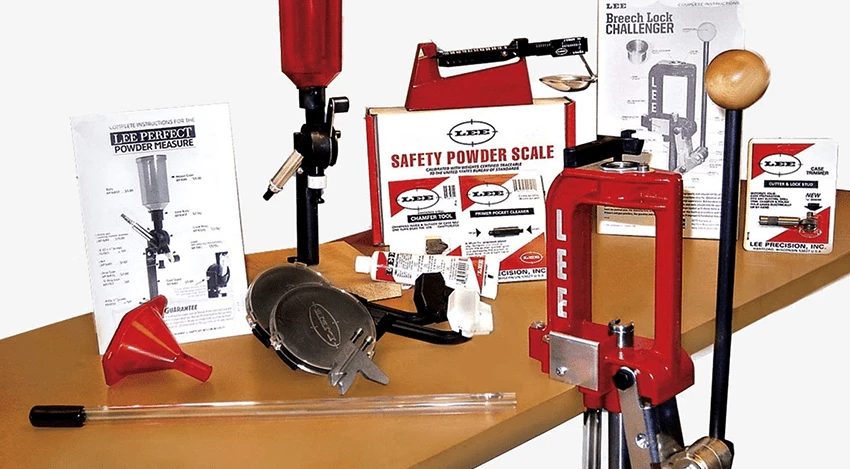
Image description: Equipment used for reloading ammunition, including scales, presses, and measuring tools.
Accuracy and Precision
Black Powder:
- Impact on Accuracy: The smoke and residue can affect visibility and fouling can impact precision.
- Best Practices: Regular cleaning and consistent loading practices help maintain accuracy.
Smokeless Powder:
- Impact on Accuracy: Cleaner burning leads to more consistent shots and less barrel fouling.
- Best Practices: Use high-quality components and maintain your firearm for optimal performance.
Cost and Availability
Black Powder:
- Often less expensive but harder to find in some areas due to lower demand.
- Typically sold in specialty stores or online.
Smokeless Powder:
- Generally more expensive but widely available.
- Can be purchased in bulk for reloading enthusiasts.
Legal Regulations
Black Powder:
- Subject to fewer restrictions due to its historical and pyrotechnic uses.
- Some regions may require permits for large quantities.
Smokeless Powder:
- More regulated due to its use in modern firearms.
- Transportation and storage laws are stricter to ensure safety.
Pros and Cons
Black Powder:
- Advantages: Easier to ignite, useful for historical reenactments and pyrotechnics.
- Disadvantages: Produces more smoke and residue, lower energy output.
Smokeless Powder:
- Advantages: Higher energy, cleaner burning, better for modern firearms.
- Disadvantages: More expensive, stricter regulations.
Conclusion
Both black powder and smokeless powder have their unique characteristics and uses. While black powder holds historical significance and is ideal for certain applications, smokeless powder offers superior performance for modern firearms. Understanding their differences helps you make informed decisions based on your needs and preferences.
FAQs
-
Is smokeless powder safer than black powder?
Generally, yes. Smokeless powder is less sensitive to sparks and impact compared to black powder, making it safer to handle and store.
-
Can black powder be used in modern firearms?
No, modern firearms are designed to use smokeless powder. Using black powder can cause damage to the firearm and pose safety risks.
-
How do you store black and smokeless powders safely?
Both should be stored in a cool, dry place away from open flames. Use sealed containers to prevent moisture absorption, and follow all local regulations for storage.
-
What is the shelf life of each powder?
When stored properly, both powders can last for many years. However, smokeless powder typically has a longer shelf life due to its stabilizers.
-
Can you mix black powder and smokeless powder?
No, mixing the two powders is extremely dangerous and can result in unpredictable and potentially catastrophic results. Always use them separately and according to manufacturer guidelines.
